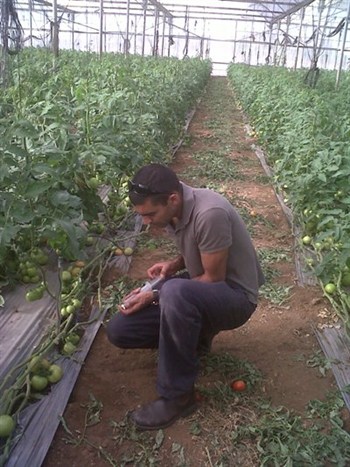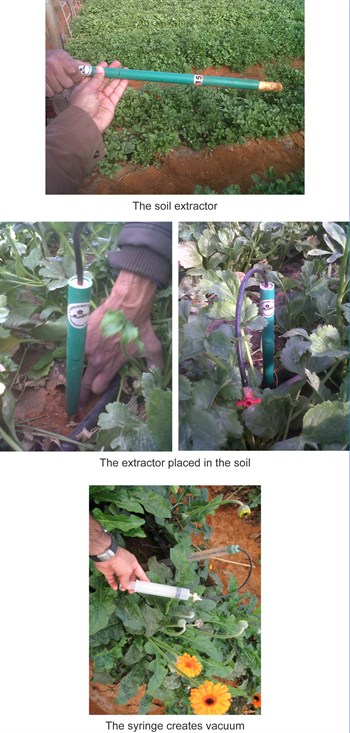A simple and easy to use device, the soil extractor helps you monitor and control the soil, alongside checking for soil contamination, existence of a chemical element and more

The soil extractor is a relatively simple device, which is basically made of a hollow cylindered tube body with a tiny-porous clay tip at one end, and at the other end has a narrow pipe with a valve. Its name suits its purpose – it is essentially designed to suck and extract soil or substrate solution by putting it under vacuum.
The mode of action is relatively simple: you just have to place and stick in in the desired location and depth that you wish to explore its solution, and drawing the air from it by using a suitable syringe, thus creating vacuum in the tube.
After that, the tube will slowly be filled by the solution that surrounds the special porous tip, filtering the unnecessary soil or substrate particles.
Collecting the solution afterwards is an easy job, and the soil extractor can stay and serve you at that place as long as it is not physically damaged. It is also recommended to pull it out from time to time and clean it with a sterilized solution mixed with chlorine in order to prevent pores clogging by dirt and organic matter.
Common use are for:
- Continuous soil / substrate monitoring and control (in the pictures you can see me using it in light – medium soils greenhouses)
- Problematic plots or suspicious soils for contamination or salinity
- Specific check for existence of a chemical element
- Advanced indication for irrigation regime and nutritional regime – but I will specify more in another post...



